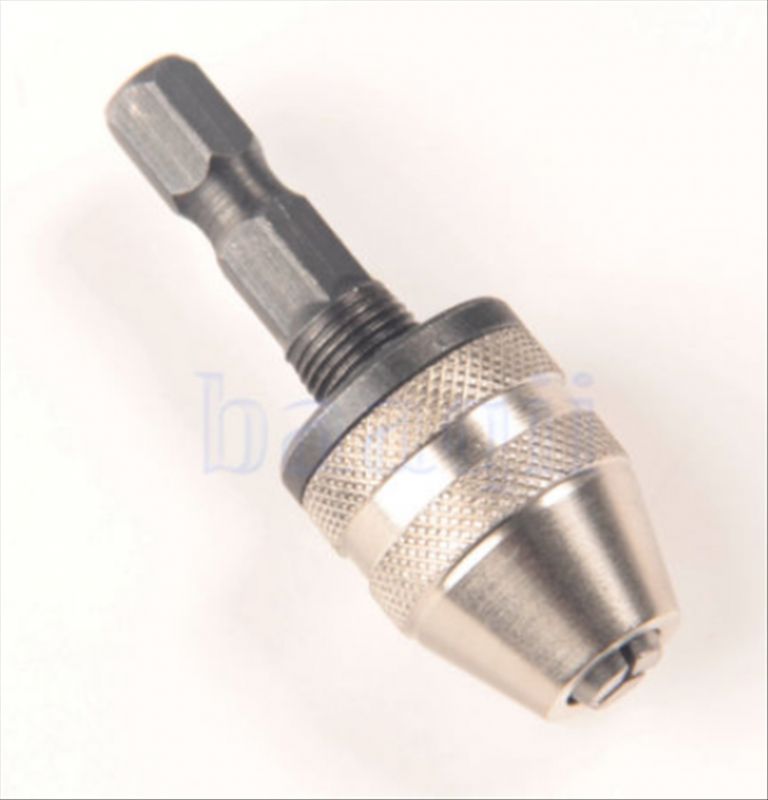Posted by Jeff Dayman on 12/11/2015 11:16:09:
If you are generating heat, slow the drill way down, say to 100-200 rpm, and pull it back out frequently to clear chips. I would not recommend drilling depth more than 6 to 10 times drill diameter in plastics.
As said before, it sounds like your design is overcomplicated and needs to be simplified to be more easily producible. No one in industry would design something with drilling small holes in styrene to the full length of the drill unless there was absolutely no other way- it is an invitation to trouble, as you are finding out. Same with trying to bond ABS/Styrene and PE/PP.
There are usually ways to redesign things to be simple to make and strong enough to do the job. Styrene and polyethylene are not the optimal choices of material to make machined things with high spring loads. JD
Jeff
Yes, I take your point about it not being something that would go into manufacture. In this case I am purely creating a functional prototype model and I am limited in my choice of materials.
i.e. In the final product it will all be moulded using one material (probably PE). In this functional prototype, I am only needing to redesign PART of the product. The rest of the product stays the same. The part that I am redesigning, I need to build a model out of something that is easy to machine and easy to bond robustly (in this case I have chosen HIPS/styrene).
However, rather than rebuild the *entire* product as a model, much quicker is to simply attach (i.e. mechanically attach) the novel part of the product (which I have made in HIPS/styrene) onto the rest of the existing commercial product (made in PE).
The problem is that in order to test and demo the new product I need pretty good mechanical strength at the junction between the old (PE) and the new (HIPS) part of the product.
And in order to get this strength, given that adhesives onto PE seem so problematic, the obvious answer is to drill long holes and insert metal pins (using a tight interference fit) to give as much strength as possible to the join.
i.e. In order to get the structural strength require I need the pins to be as long as possible…
John Smith 47.






